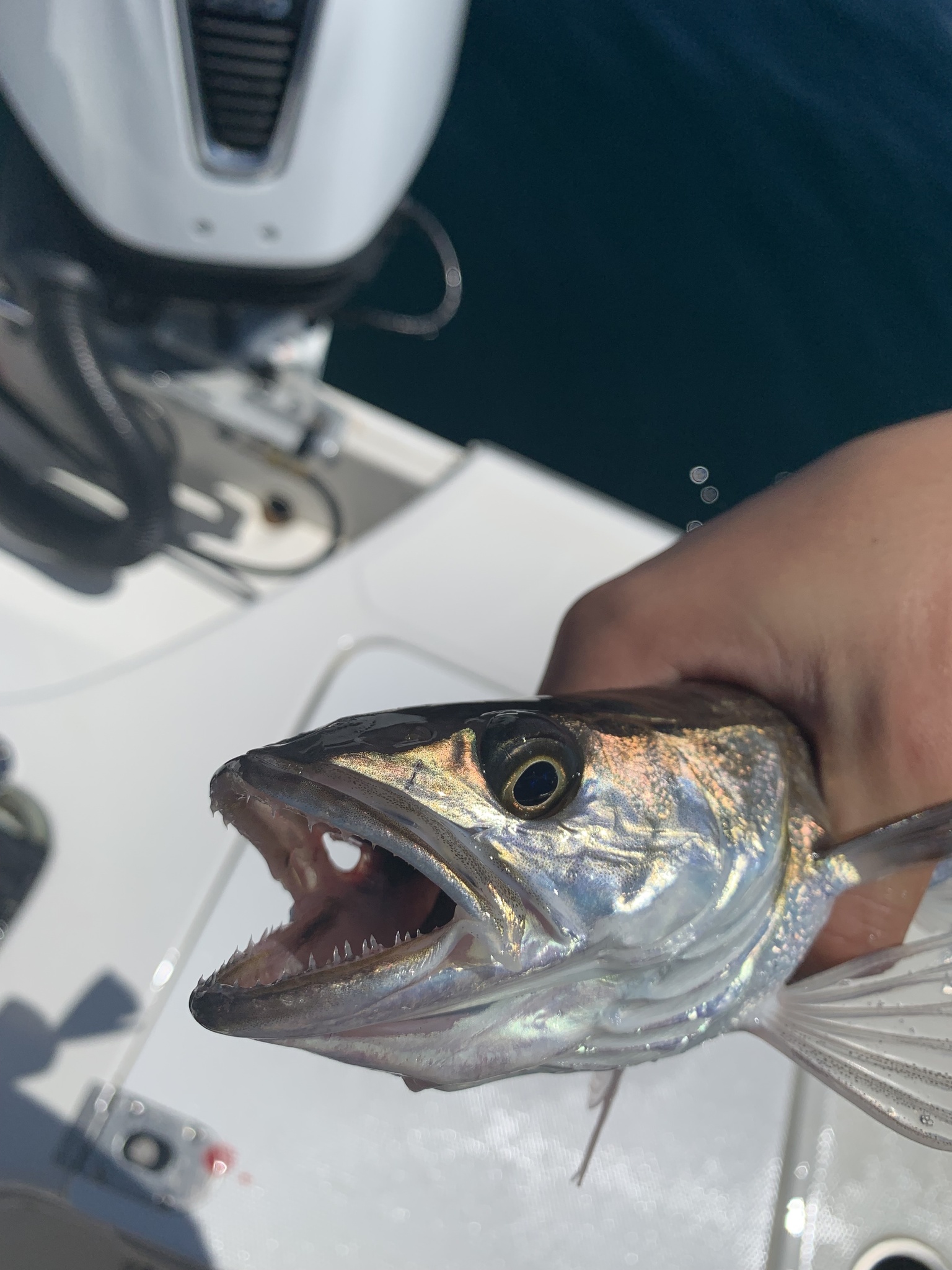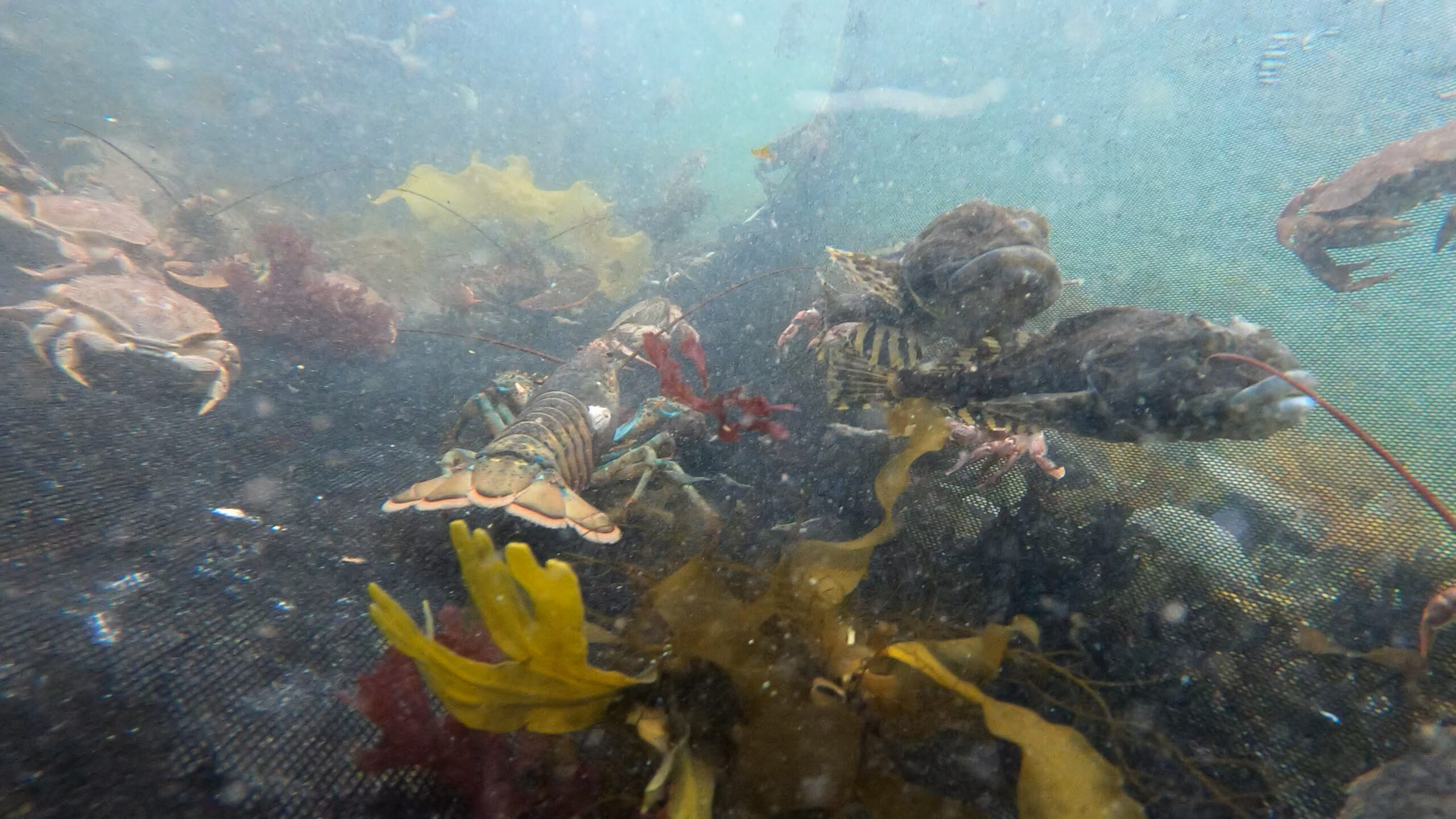
SIZE:
Approximately 37 cm and 750 g, females up to 76 cm.
LIFE EXPECTANCY:
10 to 12 years.
LIFE CYCLE:
The reproduction season runs from June to September. Females release up to three batches of floating transparent eggs per spawning season. The larvae are born after two to five days.
Temperature can influence this period, which occurs later in colder years.
The silver hake has a large, pointed head and a long, slender body with two dorsal fins. This fish has a protruding lower jaw without barbels. Its body is covered with large scales. It is silvery in colour; darker on its back and paler on its belly.
In the water column, usually between 50 and 400 m depth, but silver hake has been observed as far down as 914 m.
Silver hake are found closer to the shore when the water is warmer and migrate to deeper waters in winter.
PREYS:
Crustaceans
Silver hake (cannibalism)
Herring
Mackerel
PREDATORS:
Cod
Swordfish
Seals
Seabirds
Camouflage
To avoid predators, juvenile silver hake camouflage amid shelters built by small detritus-eating crustaceans called amphipods. The stripes and spots on the fish’s dorsal surface mimic the tube patterns of amphipods for better camouflage.
MACHINES:
Trawl, gillnet.
REGULATIONS:
- Quotas
- Regulated gear type
- Fishing season
Silver hake is an important commercial species in Canada and the United States.
In the past, silver hake was mainly fished by European vessels. The market has, therefore, never developed in Québec. Even today, Canadian silver hake fishing are destined for European markets.

The fishing season extends mainly from May to November in the northwestern Atlantic.
Credit : Herpingpro, photo taken in Massachussetts, in 2022.
Silver hake is a Smarter seafood-listed species.
BENEFITS:
This low-calorie fish is a good source of protein, potassium and omega-3 fatty acids.
LET’S COOK:
Tender texture; delicate and slightly sweet taste. White, boneless flesh.
Silver hake can be prepared whole in the oven, fried fish-and-chips style or grilled in slices.
Its flesh is also well suited to the production of surimi (also mistakenly known as crab sticks).
OUR CULINARY ADVICE:
- The most popular accompaniments for silver hake are inspired by Portuguese cuisine: capers, garlic, onions, tomatoes and even chorizo and saffron.






